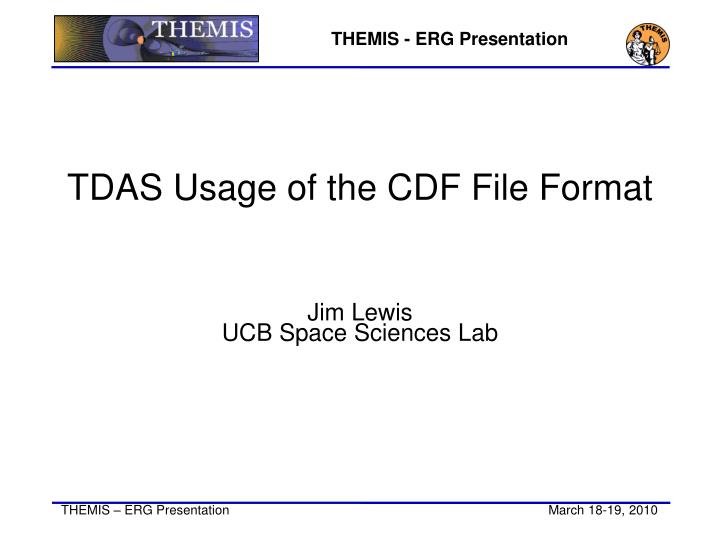

Using CDF also reduces server load and allows delivery of just the needed content, instead of requiring users to download large quantities of unnecessary content. Let’s consider the delivery of Web content to the user’s browser using Active Channels. A Web site can be made into an Active Channel through the addition of a CDF file. The CDF file is a simple text file that is formatted using XML. It forms a kind of table of contents of the logical subset of the Web site that comprises the Active Channel. A link is then created to the CDF file on the Web site. The user clicks the link to subscribe to the Active Channel and download the CDF file.

The Active Channel then appears on the channel bar on the user’s desktop. The content for the channel is downloaded to a cache on the user’s system. Channel updates are accomplished by scheduled Web crawls, using either the publisher’s predefined schedule or a user’s customized one. Some of the advantages of using CDF for the distribution of Web information to users include Users can also receive updates to channels by e-mail.

Simplicity: Turning an existing Web site into a channel merely involves creating a CDF file with a text editor and creating a hyperlink to this file.Structure: CDF describes how to logically group information in a hierarchical structure, independent of the content format.User control: The user can use CDF to specify which portions of a site to download to his or her browser, instead of pulling a lot of content off the site and hoping that it contains the needed information.Administrator control: The administrator can control how much of the site can be downloaded by users.Personalization: Standard Hypertext Transfer Protocol (HTTP) cookies can be used to deliver personalized information to users. NOTEĬDF is not true webcasting in the sense of Internet Protocol (IP) multicasting because it is a “pull” technology.


 0 kommentar(er)
0 kommentar(er)
